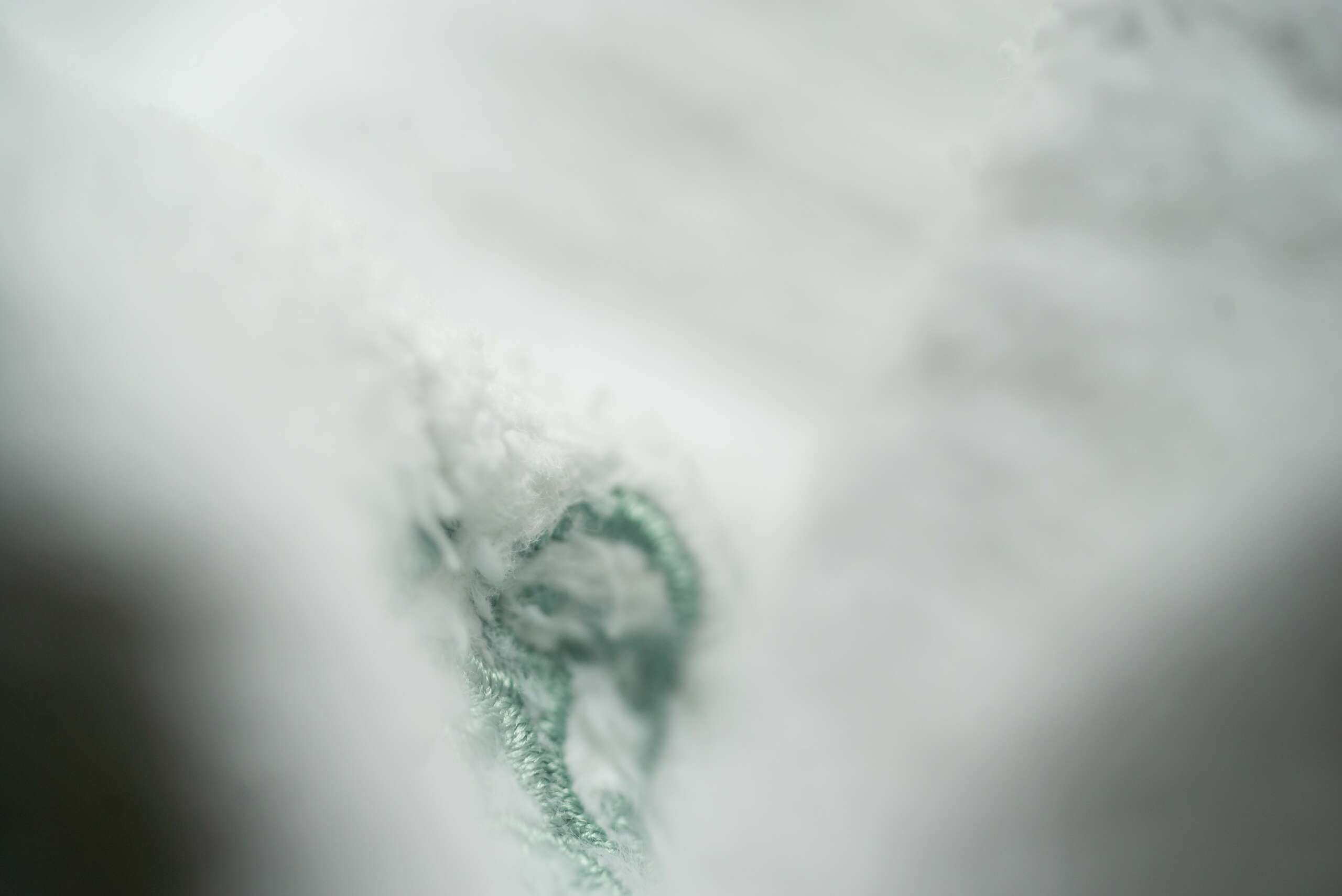We caught up with the brilliant and insightful Richelle Rich a few weeks ago and have shared our conversation below.
Richelle , appreciate you joining us today. We’d love to hear about a project that you’ve worked on that’s meant a lot to you.
I am currently exploring the natural materials of the place where I spent my childhood – a small, touristy, sea-side town, on an island off the South Coast of England. I am examining chalk, wool, milk, pearls and glass among other materials but I find myself increasingly preoccupied with Soft Serve Ice Cream.
My work delves into personal and political realms, drawing inspiration from British urban legend surrounding Margaret Thatcher’s connection to soft serve ice cream, which becomes a lens to explore societal shifts and power dynamics, intertwining high and low culture.
I am creating participatory performance pieces, inviting the public to have an ice cream in exchange for sharing a story or memory and then being photographed by me.
The work encompasses themes of inclusion and exclusion, memory, and body politics. The ice cream serves as a catalyst for shared nostalgia, prompting visitors to contribute their own stories and emotions to the evolving narrative.
My studio wall currently features a collage of imagery I’ve created and curated: from a bomb-ravaged hotel to serene desert landscapes with ice cream billboards, from hotel bed sheets to the intricate details of an ice cream cone. This serves as a backdrop to the portraits which are then integrated into it.



Great, appreciate you sharing that with us. Before we ask you to share more of your insights, can you take a moment to introduce yourself and how you got to where you are today to our readers.
My name is Richelle Rich (b. 1967, London) I am a British-Swiss artist based, since 2014, in Los Angeles and Joshua Tree. I received my MA from the Royal College of Art in 1997 and my BA from Central St Martins School of Art in 1995. My work has been widely exhibited nationally and internationally.
I am interested in systems of power.
I am a hoarder. I collect objects, ephemera, and detritus, traces of life, and examine them through the camera to uncover the stories I am searching for. The discarded becomes sacred through the ritual of my obsessive documentation.
I take elements of my own personal journey, the past, present and future, some of what I am living through, some of what I am consuming, reading or learning, and explore their parallel cultural or meta narratives. I document the social, political and historical events I witness. Objects, both found and custom made, including deadly poisonous flowers, glass from a shipwreck, custom made needles, ephemera and detritus, make these interwoven narratives tangible.
I am interested in the intersection of trauma and transcendence and the ways in which objects are magically contaminated by our stories, emotions and memories. I aim to create works that give form to the lost or quiet stories, or the stories we can’t find the words for. I make the unspoken and unspeakable tangible.
My works, while autobiographical, are encoded with cultural, political, and historical subtext.



What can society do to ensure an environment that’s helpful to artists and creatives?
Support female artists and artist mothers!
My kids are 14 and 15 years old and even with my extraordinary privilege it has been incredibly challenging to maintain a consistent creative practice as the primary caregiver. Support artist mothers by buying their work. Share their stories and amplify their voices. In galleries ask to see artist mothers work. In museums ask for guides to the female artists in their collections.
If you’re an artist ask residencies if they offer family friendly opportunities for artists with children.
If an application asks for recent work I wonder about the artists who’s practice has had to be put on hold because they have caring responsibilities.
I feel passionately about equity and visibility for female artists. We have created a retreat space The Art House Joshua Tree so we can invite female artists and writers to take time to relax and reflect to support their creative process.


Any resources you can share with us that might be helpful to other creatives?
Mentoring.
When I was younger I felt that being an artist was a solitary pursuit. I shared studios with artists who are still my closest friends (shout out to @marygrantpainter) and relied on the support of friends (@samia_ashraf_curator) but I still felt ultimately that I had to do all my work alone. In recent years I have learnt how to also ask for support from a trained artist mentor. Ceri Hand @cerihand.com has been a huge help in developing my recent projects.
I now mentor 3 or 4 young women a year in Los Angeles as they prepare their portfolios for college applications and I encourage them to seek out like minded and supportive artists throughout their careers and creative life.
Contact Info:
- Website: richellerich.com
- Instagram: @richellerich
- Other: The Art House Joshua Tree @thearthousejt
Image Credits
Sarah Sido


